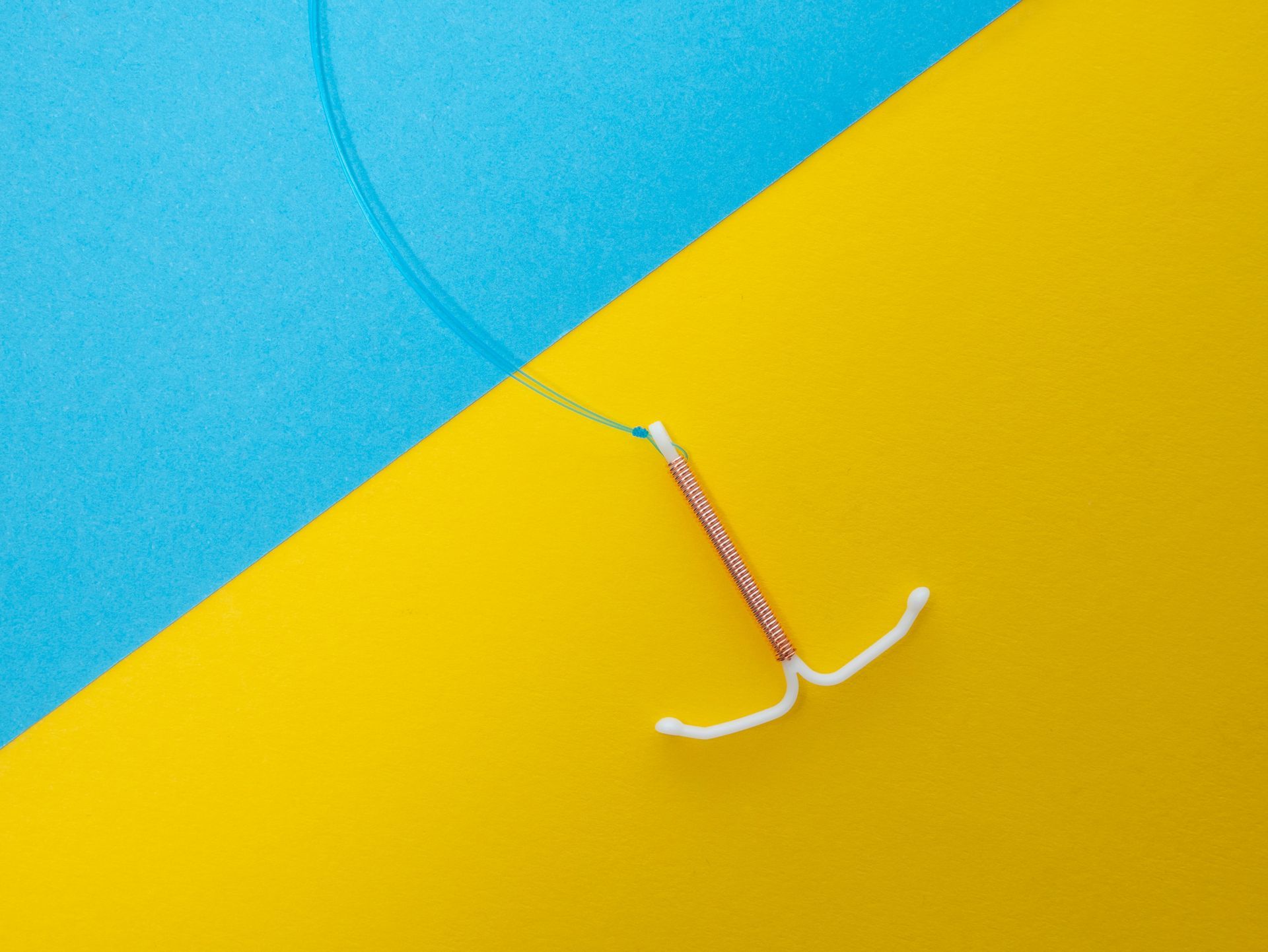Can Patients Check Their Copper IUD Placement for Peace of Mind?
A copper intrauterine device, or IUD, is an effective form of birth control. One of the reasons women often choose IUDs is that they don’t have to do much, aside for the need to have the IUD inserted by a healthcare provider.
The device will only protect the patient from pregnancy if it is working properly, and that means it must be in the right place. So how can the patient ensure your copper IUD has not moved?
What Is a Copper IUD?
A copper IUD is a contraception device that a healthcare professional inserts into the uterus. It helps to prevent pregnancy by making the uterus a hostile environment for sperm. It has an effective rate of over 99 percent, so it’s a practical choice for women who don’t want to use hormonal birth control.
Despite how easy it is to have an IUD, it can move out of place, especially in the first three months after insertion. When that happens, it will be ineffective or less effective as birth control, may even become a medical problem.
Can an IUD That Moves Hurt You?
It is rare, but a copper IUD can move out of place. It takes time for the body to get used to the IUD and for it to settle. During the first three months, it is possible it can shift. Injury from it moving doesn't often happen, though. It’s more likely it will fall out, and that puts you at risk for pregnancy.
A rare complication of an IUD, copper or hormonal, is perforation. This is true whether the IUD moves out of place or not. It could push through the wall of the uterus and require surgery to remove it.
How Can You Tell If the IUD Moves?
The best way to tell if the device is in place is to check for the IUD strings. An IUD is a small, flexible T-shaped device with strings. The IUD strings are there for two reasons. They allow you to check the placement of the IUD, and they make removal of it by a healthcare provider easier.
To check the placement of the IUD, the patient simply squats down. Insert two fingers into the vagina and feel for the IUD strings. They should be easy to reach in this position. Just feel to see if they are there. Don’t grab or pull on them. That might move the IUD.
If you feel the IUD strings, it is still in place. If not, chances are it has come out completely. You should do this check every couple of months after the first week. Don’t do it for at least one week, or you might loosen the IUD.
Other signs your IUD is out of place include:
- You get pregnant. Since IUDs have a high protection rate, pregnancy could indicate yours isn’t there anymore.
- The length of the strings feels like it has changed since your last check. If the strings feel longer, the IUD has dropped. If they feel shorter, it may have moved upward.
- You can feel the device at your cervix. When you do your check, you should only feel the strings. If you feel plastic, the IUD has shifted.
You should also be aware of other signs of potential IUD complications, such as infection. Watch for:
- Fever
- Belly pain beyond normal cramping
- Vaginal discharge or odor
- Pain during or after sex
- Bleeding during or after sex
- Bleeding between periods
These may be a sign of pelvic inflammatory disease (PID). PID is a rare complication of IUD use. It is an infection of the uterus, ovaries, or fallopian tubes and can be serious if left untreated. PID can lead to infertility and even death.
They may also be IUD perforation symptoms. That would mean the IUD went through the uterine wall.
What Causes an IUD to Fall Out?
Sometimes they just come out in the first couple weeks after insertion. On the other hand, it may be something happened to cause the device to shift, and it fell out as a result. It also might be the IUD placement wasn’t right in the first place.
You should not put anything into your vagina for at least a week to reduce the risk of the IUD coming out. That means, no:
- Tampons
- Sex
- Checking for the strings
- Bathing, but showers are okay
- Swimming
- Hot tubs
This can cause the IUD to become loose.
What Should The Patient Do If They Think The IUD Has Moved?
They will need to contact their healthcare provider for confirmation. If they find the IUD is out, they will check to ensure there are no pieces left of it. They can then insert a new one for you or talk to you about another form of birth control.
Find out more about the IUD by visiting the Flexi-T website.













